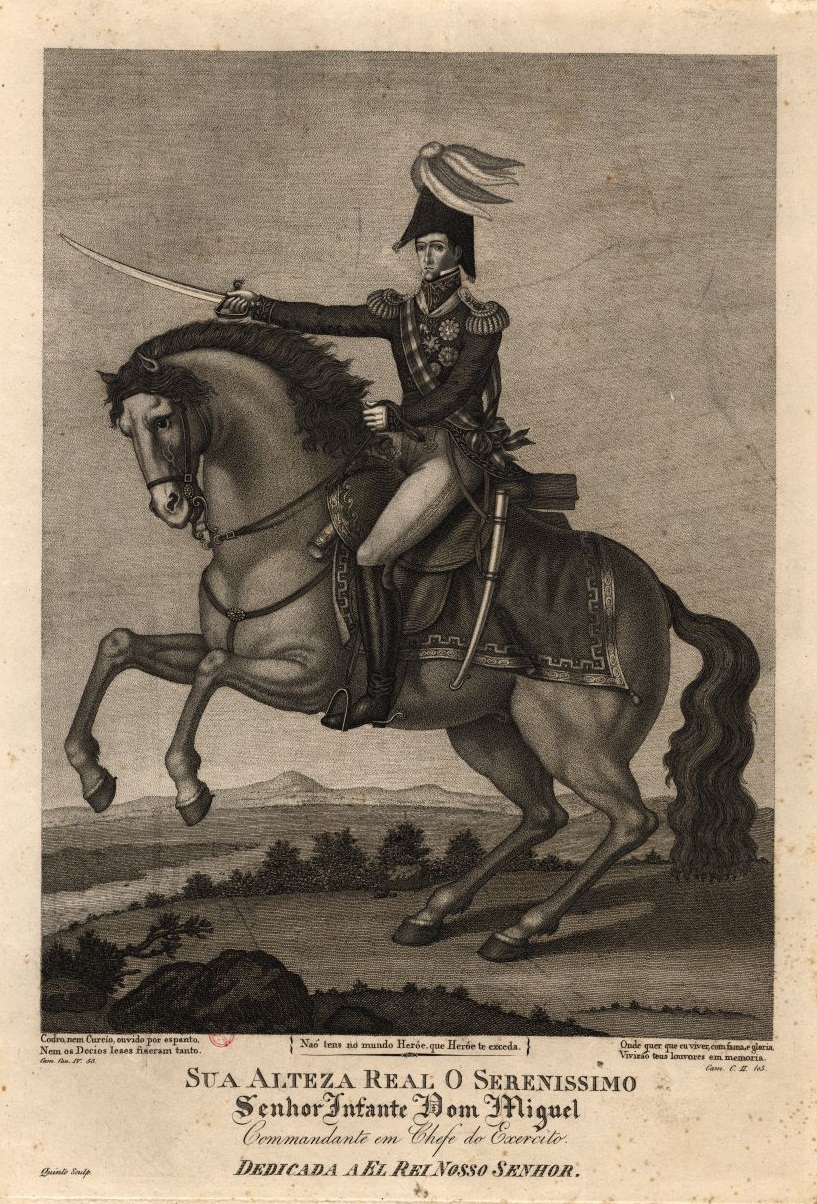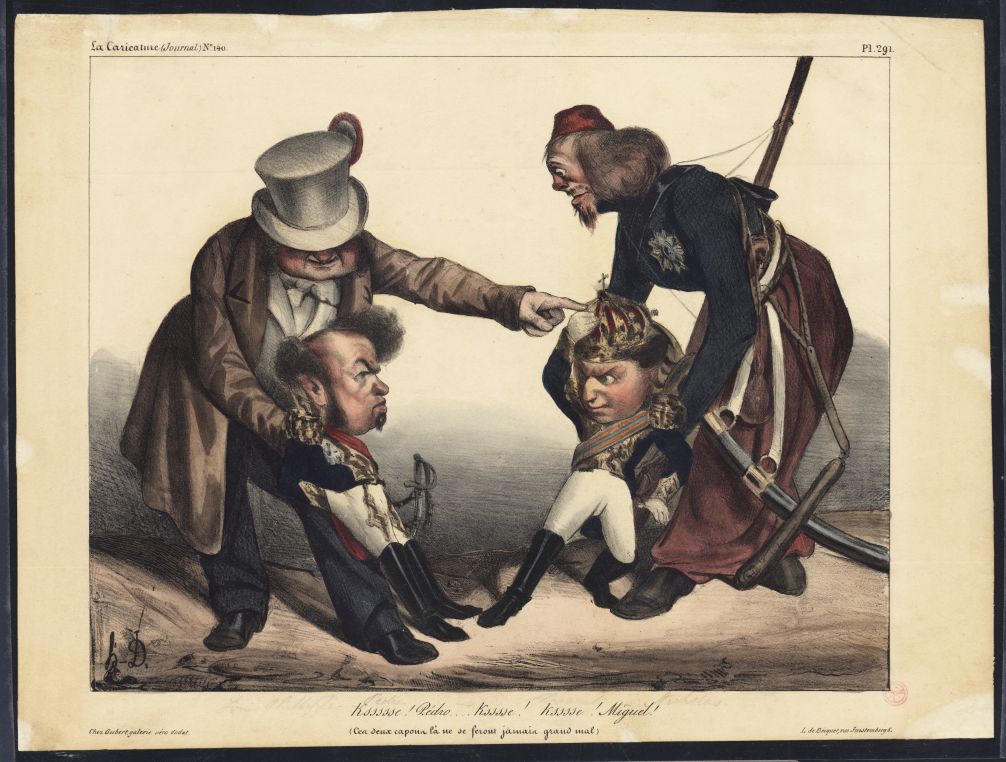|
Fort Of The Espírito Santo
The Fort of the Espírito Santo ( (literally, the ''Fort of the Holy Spirit'')) is the remains of a 16th-century fortification located on the extreme northern edge of the Bay of Praia da Vitória, in the Portuguese Freguesia (Portugal), civil parish of Santa Cruz (Praia da Vitória), Santa Cruz, municipality of Praia da Vitória, on the island of Terceira, in the Azores. Positioned along the point of Facho, in a commanding position over the coastal stretch, it served as a fortification for the defense of the anchorage of Praia. This defensive structure was crucial in protecting against attacks by pirates and corsairs who frequently traversed the waters of the mid-Atlantic, targeting ships returning from the newly discovered territories of the Far East. It crossed its cannons with the Fort of Nossa Senhora da Conceição (Praia da Vitória), Fort of Nossa Senhora da Conceição and the Fort of the Port of Praia da Vitória, Fort of the Port, that existed across the bay. Today, the r ... [...More Info...] [...Related Items...] OR: [Wikipedia] [Google] [Baidu] |
Praia Da Vitória
Praia da Vitória (; translating as "Beach of Victory") is a municipality in the Portuguese archipelago of the Azores. With a population of 21,035 (in 2011), the second largest administrative authority on the island of Terceira, it covers an area of , that extends from the northern coast halfway into the interior. History The area of Praia, was one of the first points colonized on the island of Terceira. Praia constituted the seat of the Donatary-Captaincy of Terceira between 1456 and 1474; the island's first Captain, Jácome de Bruges along with his first lieutenant, Diogo de Teive, established their residency at this site. By 1474, the island was divided into two captaincies (Praia and Angra): the Captaincy of Praia reverted to Álvaro Martins Homem, Bruges' successor. The growth of the woad industry and export wheat market concentrated along the fertile ''Ramo Grande'' area, allowed Praia to grow rapidly. Consequently, Praia was elevated to the status of ''vila'' (compa ... [...More Info...] [...Related Items...] OR: [Wikipedia] [Google] [Baidu] |
War Of Spanish Succession
The War of the Spanish Succession was a European great power conflict fought between 1701 and 1714. The immediate cause was the death of the childless Charles II of Spain in November 1700, which led to a struggle for control of the Spanish Empire between supporters of the French Bourbons and the Austrian Habsburgs. Charles had named as his heir Philip of Anjou, a grandson of Louis XIV of France, whose claim was backed by France and most of Spain. His Habsburg rival, Archduke Charles, was supported by the Grand Alliance, whose primary members included Austria, the Dutch Republic, and Great Britain. Significant related conflicts include the Great Northern War (1700–1721) and Queen Anne's War (1702–1713). Although by 1701 Spain was no longer the predominant European power, its global empire still included the Spanish Netherlands, large parts of Italy, and the Americas. The prospect of a personal union between Spain and France threatened the European balance of power, a ... [...More Info...] [...Related Items...] OR: [Wikipedia] [Google] [Baidu] |
Terraplane
The Terraplane was a car brand and model built by the Hudson Motor Car Company of Detroit, Michigan, between 1932 and 1938. In its maiden year, the car was branded as the Essex-Terraplane; in 1934 the car became simply the Terraplane. They were inexpensive, yet powerful vehicles that were used in both town and country. The Terraplane name was used for both cars and trucks. Changing marketplace Hudson had manufactured the inexpensive Essex from 1919 as a lower-priced vehicle line; the company merged Essex into itself in 1922. The Essex is generally credited with helping to make the fully enclosed automobile an affordable model for inexpensive automobiles. The low-priced closed model Essex coach "had promoted the sensational recovery of Hudson" as an automaker in 1922. Declining sales of the Essex, combined with the growing economic pressure and suffering from the effects of the Great Depression forced Hudson to replace the Essex with a re-designed automobile with a lower ma ... [...More Info...] [...Related Items...] OR: [Wikipedia] [Google] [Baidu] |
Bastion
A bastion is a structure projecting outward from the curtain wall of a fortification, most commonly angular in shape and positioned at the corners of the fort. The fully developed bastion consists of two faces and two flanks, with fire from the flanks being able to protect the curtain wall and the adjacent bastions. Compared with the medieval fortified towers they replaced, bastion fortifications offered a greater degree of passive resistance and more scope for ranged defence in the age of gunpowder artillery. As military architecture, the bastion is one element in the style of fortification dominant from the mid 16th to mid 19th centuries. Evolution By the middle of the 15th century, artillery pieces had become powerful enough to make the traditional medieval round tower and curtain wall obsolete. This was exemplified by the campaigns of Charles VII of France who reduced the towns and castles held by the English during the latter stages of the Hundred Years War, and by th ... [...More Info...] [...Related Items...] OR: [Wikipedia] [Google] [Baidu] |
Miguel I Of Portugal
'' Dom'' Miguel I (26 October 1802 – 14 November 1866), known by several nicknames, was the King of Portugal between 1828 and 1834. He was son of King John VI and Queen Carlota Joaquina. Following his exile as a result of his actions in support of absolutism in the April Revolt (Abrilada) of 1824, Miguel returned to Portugal in 1828 as regent and fiancé of his niece Queen Maria II. As regent, he claimed the Portuguese throne in his own right, since according to the so-called Fundamental Laws of the Kingdom his older brother Pedro IV and therefore the latter's daughter had lost their rights from the moment that Pedro had made war on Portugal and become the sovereign of a foreign state (Brazilian Empire). This led to a difficult political situation, during which many people were killed, imprisoned, persecuted or sent into exile, and which culminated in the Portuguese Liberal Wars between authoritarian absolutists and progressive constitutionalists. In the end Miguel ... [...More Info...] [...Related Items...] OR: [Wikipedia] [Google] [Baidu] |
Liberal Wars
The Liberal Wars (), also known as the Portuguese Civil War () and the War of the Two Brothers () was a civil war in Portugal that lasted from May 1828 to May 1834, fought between liberal progressive constitutionalists (led by former King Pedro IV) and conservative traditionalists (led by King Miguel I) over the country's system of government and royal succession. Embroiled parties included the Kingdom of Portugal, Portuguese rebels, the United Kingdom, France, the Catholic Church, Spain and Russia. Roots of the conflict The death of King John VI in 1826 created a dispute over royal succession. While Dom Pedro, the Emperor of Brazil, was the king's oldest son, his younger brother Miguel contended that Pedro had forfeited his claim to the throne by declaring Brazilian independence and by declaring war on the Kingdom of Portugal, therefore violating the succession rules mentioned in the Fundamental Laws of the Kingdom. Pedro briefly entitled himself King Pedro IV of P ... [...More Info...] [...Related Items...] OR: [Wikipedia] [Google] [Baidu] |
António Cordeiro
António Cordeiro (c.1641; Angra – 2 February 1722; Lisbon) was a Portuguese Catholic priest in the Society of Jesus, Azorean historian, author of the classical chronicle ''Historia Insulana'', and first to publish a public opinion on the form of governance for the archipelago of the Azores. Biography António was the sixth and final child of António Cordeiro Moitoso and his Graciosense wife Maria Espinosa. His primary studies, and classes in the humanities, occurred in the city of Angra, and he showed an exceptional intellect. Although he was their youngest child, his parents decided to send him to study at the University of Coimbra, where one of his brothers already studied. In 1656, with less than 15 years of age, he departed for Lisbon on board a warship in a flotilla commanded by General António Teles de Menezes. On reaching the Portuguese coast, the armada was forced into combat against a Spanish squadron, where he and his brother, Pedro Cordeiro de EspinosaPedr ... [...More Info...] [...Related Items...] OR: [Wikipedia] [Google] [Baidu] |
Corregedor
The Corregedor (''Inspector-General'' or ''Magistrate'') was a position established by the Portuguese crown in the 14th-15th century, with the authority to "correct" acts of a local, administrative or judicial nature within the kingdom. Although common throughout the kingdom, the role was more common and important in the administration of the Azores The Azores ( , , ; , ), officially the Autonomous Region of the Azores (), is one of the two autonomous regions of Portugal (along with Madeira). It is an archipelago composed of nine volcanic islands in the Macaronesia region of the North Atl .... History The King of Portugal had by ordination, in the entire kingdom, the right to send important authorities, in his name, to correct the acts at all levels of the local administration and judiciary.Carlos Melo Bento (2008), p.62 To this end, since he was unable to participate directly, he established the post of ''Corregedor''. The first Corregedor with jurisdiction over the Azores ... [...More Info...] [...Related Items...] OR: [Wikipedia] [Google] [Baidu] |




